(This is a guest post from our friends over at Spently, which allows merchants to leverage Shopify notification emails as a stand-alone sales channel using marketing components, and follow up sequences.)
Transactional emails like order confirmation emails and shipping confirmation emails are one of the top channels to generate repeat purchases, increase conversions and generate ROI.
So, how can you improve it? The answer lies in personalization.
When an email is not personalized, Instapage reports that 52% of customers will find another store to visit. Additionally, 75% of marketers believe personalization yields higher click-through rates and 82% of marketers discovered it can increase open rates too.
Of course, customers don’t want to receive an email that’s not modified based on their needs and interests. As a result, many eCommerce stores have gained success through personalization.
JustFab – a fashion retailer – experienced a 103% increase in revenue once it personalized their email marketing campaigns.
Netflix’s massive profits can be attributed to its intense focus on personalization. The platform gets information from over 300 million member profiles, then uses its data to deliver personalized recommendations such as shows and movies that will interest customers. This drastically improves the consumer experience.
Now, how can you personalize your store emails? Here’s what you need to know:
1. Create personalized product recommendations
First, collect relevant information about your customers and use it to offer personalized recommendations.
Aggregate data on a customer’s past purchases, interests, and behavior. What do consumers want to buy from your shop? Can you tell their interests based on their past purchases? What are the products that they want to buy?
Salesforce found that when shoppers follow AI-powered product recommendations, their average order value increase by 14%.
Digital marketer Shayla Price tells BigCommerce. “Consumers understand that large brands collect data about them. While everyone isn’t thrilled about it, some customers prefer the data to be used to enhance their shopping experiences. That means more relevant product recommendations, customized email campaigns, and access to store specials specific to their desires.”
There are lots of eCommerce tools that can enable individualized recommendations and aggregate consumer data without being invasive. In doing so, you can deliver spot-on recommendations through emails.
Here’s an example of a personalized recommendation from Amazon:
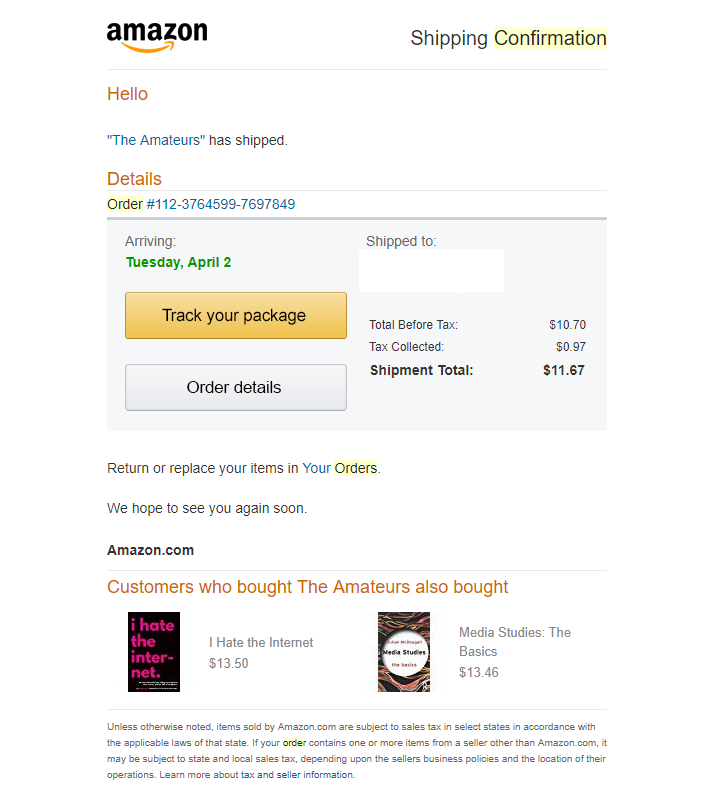
By collecting consumer data, Amazon is able to deliver recommendations that customers will love. Not only can this improve the eCommerce giant’s sales, but it also helps consumers learn about the products that they could want.
2. Next-purchase discount codes
Another way you can personalize your transactional email is to send next-purchase discount codes after customers make a purchase.
Convince and Convert reports that 93% of shoppers use a coupon or discount code throughout the year. Another study found that 57 percent of consumers state they wouldn’t make a purchase without the coupon first and 91 percent say they’ll revisit a store after using a coupon.
Not surprisingly, people want to get more for less so a small discount could encourage them to return to the store and make a purchase. Here’s an example from Many Thanks:
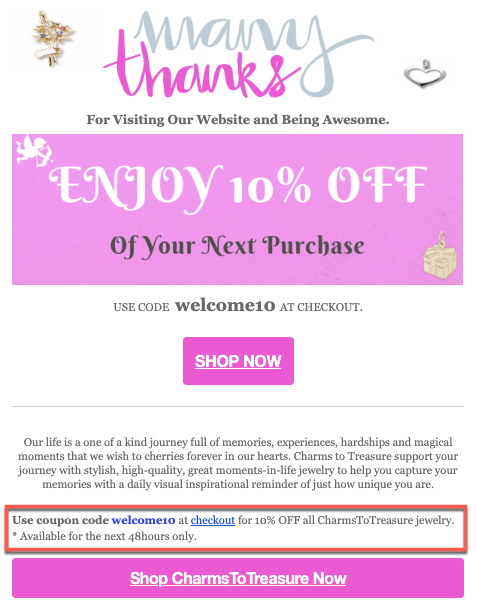
3. Send referral emails
One way you can personalize the shopping experience is to encourage customers to share it with their friends and family through a referral email.
For starters, a referral email encourages customers to share a referral link with their family, friends, and network in exchange for a discount or reward. For every successful referral, the customer and the referred friend earns a reward.
Referrals work because people are more likely to trust someone they know as compared to a sponsored message. Invesp found that 84% of people trust recommendations from their network which makes referral marketing the most influential form of advertising. In addition, 77% of consumers are more likely to buy a new product when it’s recommended by friends or family.
For example, YouFoodz encourages customers to refer to three friends in exchange for free meals in an email. This offer certainly proves that friends with benefits exist in real-life.
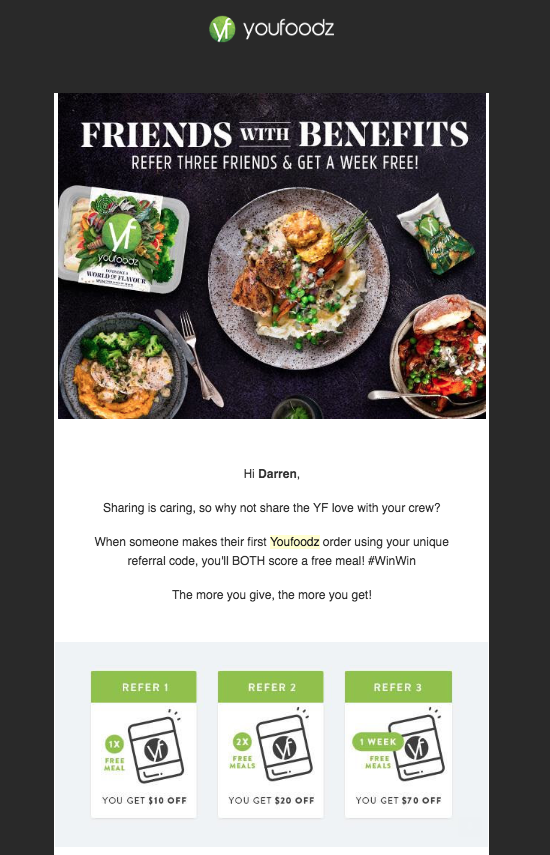
4. Navigation bars
Another way you can improve transactional emails is to add navigation bars.
Navigation bars seem like simple elements. However, they improve the shopping experience by letting visitors get to their desired product category page after just one click. A study found that 54 percent of consumers report that they will abandon the search when the first click doesn’t lead to the exact webpage.
For instance, Crate & Barrel’s order confirmation’ email features a detailed order summary and shipping details. What we love is the simple navigation bar with the option to visit landing pages dedicated to decorating & accessories, sale and dining & entertaining.
The detailed product recommendations section also makes it easy for consumers to view the picture and the price of products that interest them.
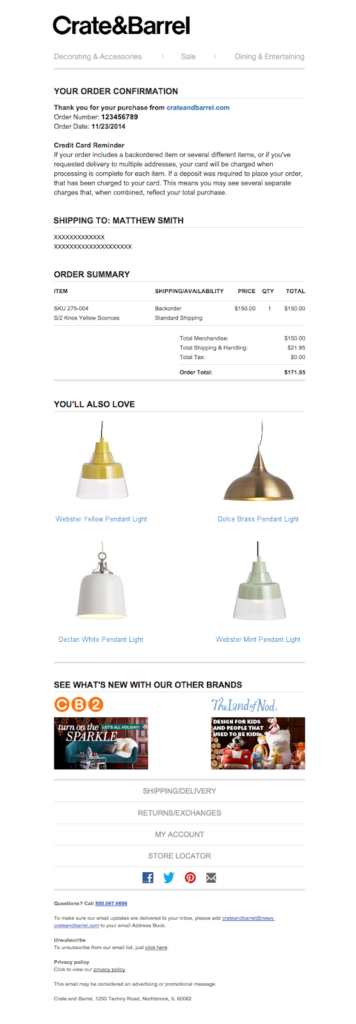
5. Add real-time order tracking
After customers make a purchase, they immediately want to know when they’ll be able to receive their orders.
According to ShippyPro, 93% of consumers demand to receive updates about their shipments. Additionally, 48% of customer experience and supply chain professionals would like to reduce “Where Is My Order” (WISMO) calls.
It’s hard for e-commerce stores to provide an exact arrival date, especially in the case of international shipping. However, you can alleviate your customers’ shipping concerns and inquiries through shipping confirmation emails with real-time tracking.
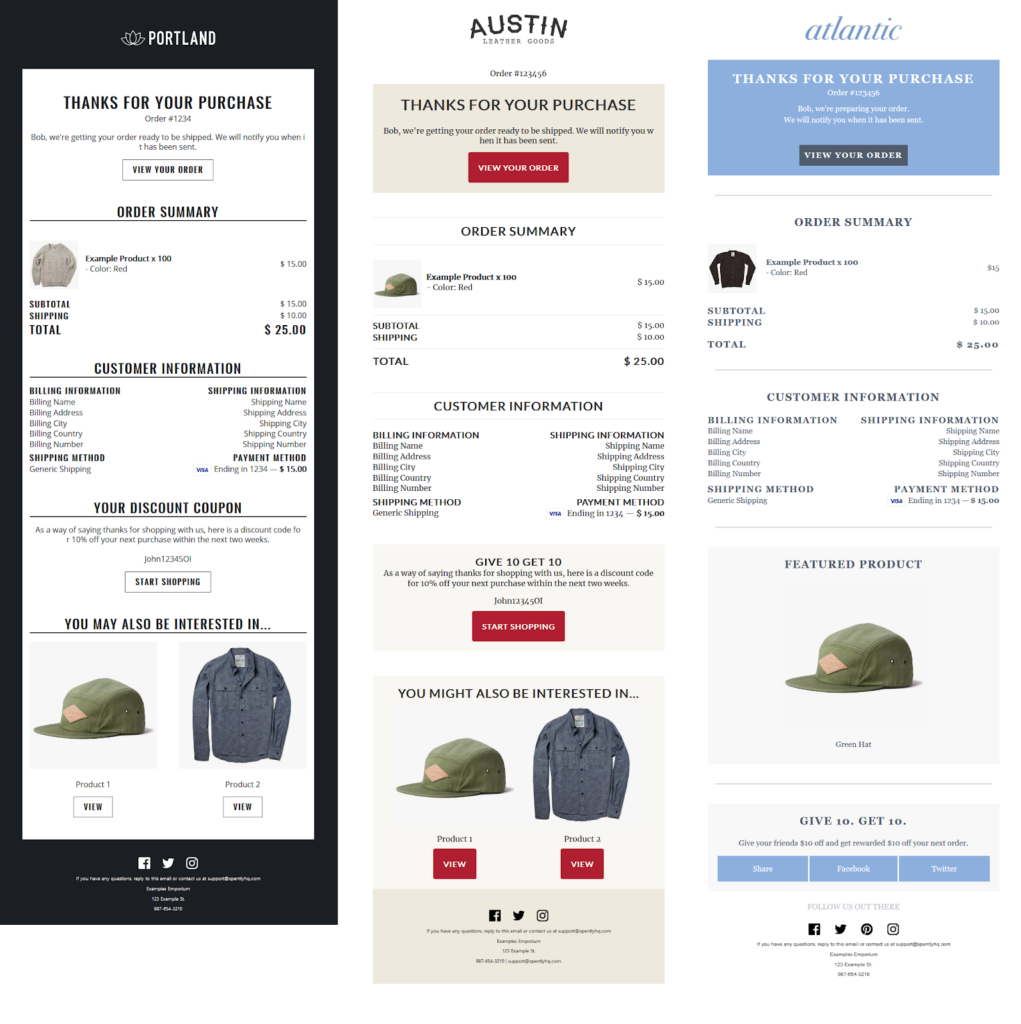
How to get started? Spently lets you create order confirmation and shipping confirmation emails through an easy-to-use drag and drop builder. The tool also includes a Tracktor integration that can address WISMO inquiries through notifications like shipment out for delivery, or shipment delivered email. This enables customers to rest easy because they’re consistently updated about their shipment.
Wrapping it up
It’s easier to drive sales once you’ve personalized your transactional emails.
Collect data about your customers and send personalized product recommendations to make the shopping experience easier. Send next-purchase discount codes to encourage customers to make another purchase.
Consumers are more likely to buy if they’re encouraged by referrals from their friends and family. So, if you don’t have a referral program yet, then it’s time to get on the hype train.
Everyone wants to receive their purchase instantly, hence the many WISMO calls. Fortunately, customers can wait for their packages with ease through real-time order tracking.
How will you personalize your transactional emails? How do you use your transactional emails? Let us know in the comments.



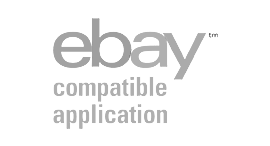


Join The Conversation